This One Variation Makes Exercises Twice As Effective — Here's How
Top personal trainers and fitness instructors swear by these movements.
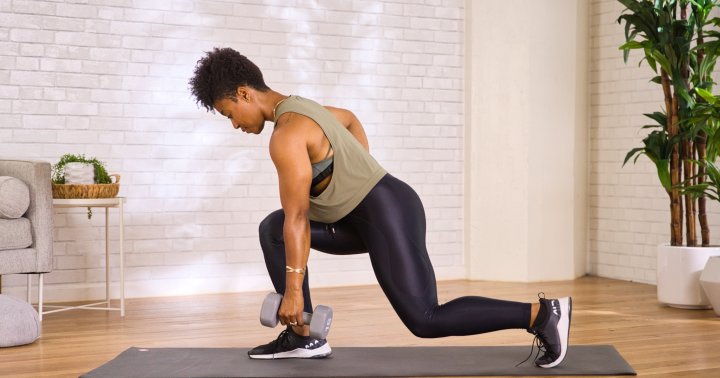
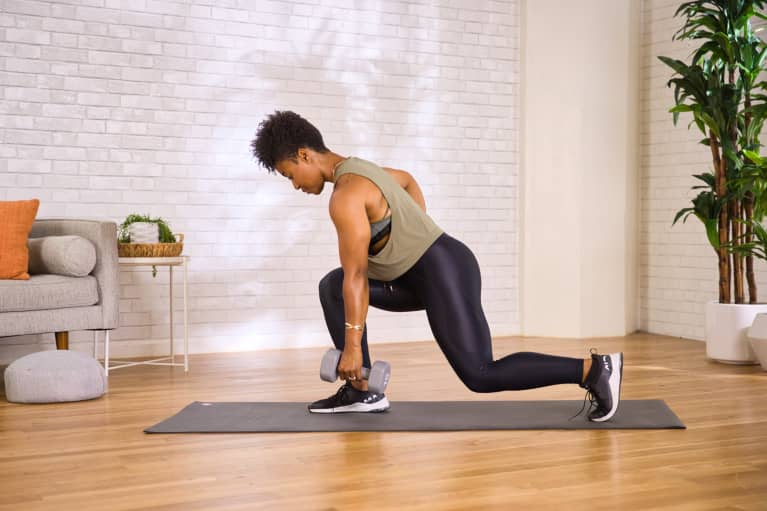
Our editors have independently chosen the products listed on this page. If you purchase something mentioned in this article, we may earn a small commission.
October 23, 2021 — 10:22 AM
If you want to make your workouts efficient, diverse, and extra spicy, listen up! Compound exercises, or compound movements, are arguably the aces of fitness. While they don't get much airtime, you're probably already doing them in your workouts. And if you're not, well, don't worry, we'll convince you. Find out why top personal trainers and fitness instructors use compound movements as part of their fitness routines.
What are compound exercises?
"Compound exercises work multiple muscle groups at the same time rather than just one," explains Sydney Miller, founder of HOUSEWORK. Compound exercises are also called multi-joint movements because they involve more than one joint. When you do a movement that involves multiple joints, you're recruiting all of the muscles that help to flex that joint.
If you've taken a HIIT, strength, Pilates, or yoga class, you've done compound movements before. Traditional exercises like squats, which involve flexion at the hip, knee, and ankle joints and work several muscles including your glutes, hamstrings, quads, and abdominals are considered compound movements as well as more complicated movements, like a beast crawl or a kettlebell swing.
"Often, compound exercises can mimic everyday movements we typically undertake in everyday life such as lifting heavy items, reaching up to higher shelves, or carrying groceries," says Scott Thompson, athletics director at F45 Training.
Compound vs. isolation exercises.
Isolation exercises are the opposite of compound exercises—they involve only one joint. You're likely used to seeing both types of movements in your workouts. "For example, a triceps kickback is a very common isolation exercise that involves only the triceps—the arm is bending and extending at the elbow and the tricep flexes," explains Miller.
But you can work your triceps and other muscles at the same time by doing a compound exercise like a triceps pushup. "Not only are you working your triceps as you bend and extend at the elbow to lower and lift yourself, but you are also working shoulders, back, abs, and even biceps."
As Thompson explains, "Compound exercises are great for a holistic training program, while isolation exercises can be executed to grow specific muscle groups."
If you've ever biceps-curled into oblivion, you can already see the appeal of compound movements. "The variety can be fun, engaging, and keep workouts interesting, leading to an increase in motivation and consistency, which in turn leads to sustainable fitness goals long term," says Thompson.
But aside from being more interesting to perform, there are several physical benefits of compound movements to pique your interest.
Benefits of compound exercises:
1. They're time-effective.
probiotic+
Say goodbye to bloating, and hello to a lighter you.*

"Compound exercises tend to be more efficient than an isolation exercise because essentially you are getting more bang for your buck and working different parts of your body at the same time," says Miller. This means you can spend less time working out while still getting the benefits of exercise.
"This type of training is becoming more and more trendy for people with busy schedules. You don't need to spend hours on end at the gym," explains Thompson.
2. You'll support strength goals.
If you're looking to improve strength, compound movements are the way to go. "Compound movements like a squat, bench press, or deadlift provide the foundation for future training," says Thompson. "Compound movements engage more muscles, which means that under tension there is more mechanical damage to muscle fibers resulting in an increase of muscle mass and strength."
In one study, published in Frontiers in Psychology, people were split into two groups—one that completed a workout routine with only compound exercises and one that did only isolation exercises. Both groups did the routines three days a week for eight weeks and performed the same total work volume, or reps multiplied by sets and load. While both groups improved their strength, the people who did compound movements improved their strength to a greater extent, meaning their workouts were more efficient.
3. You can improve coordination.
"You'll see increased coordination as multiple muscle groups and joints are moving in unison," explains Sweat Factor founder Mike Donavanik. Obviously, this is important for athletes (and yes, your happy hour soccer league totally counts!), but it's also a factor in injury prevention. When you trip over a rock on your trail run, your muscles are well-primed to act at the same time and catch you.

'It has really improved my gut health and digestion"*
Karin F., Verified Buyer of probiotic+
4. They're also a cardio workout.
"Compound movements will typically spike your heart rate, compared to their single-joint counterpart," says Donavanik. While compound movements won't give you the standard steady-state cardio that you'll get with running, biking, or swimming, depending on the moves you choose and the way your workout is programmed, you can definitely get a dose of anaerobic exercise, he explains, which uses your fast-twitch muscle fibers.
"Compound movements are not just for resistance training," agrees Thompson. He points to everyone's love-to-hate move, the burpee, which works multiple muscle groups and elevates your heart rate.
Miller also loves compound moves like pushups into shoulder taps, squat pulses with a hop at the top, and army crawls.
10 compound exercises to try:
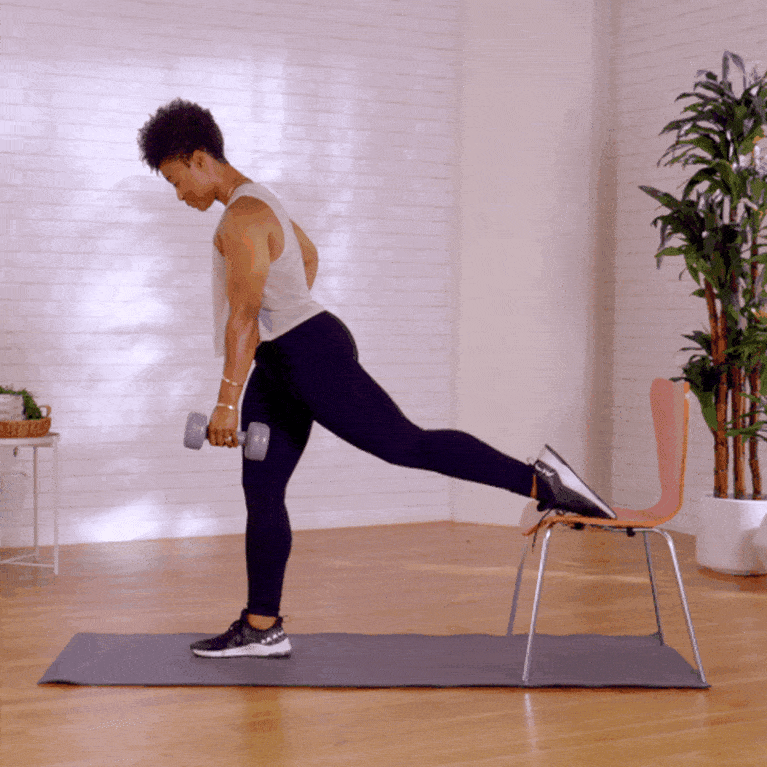
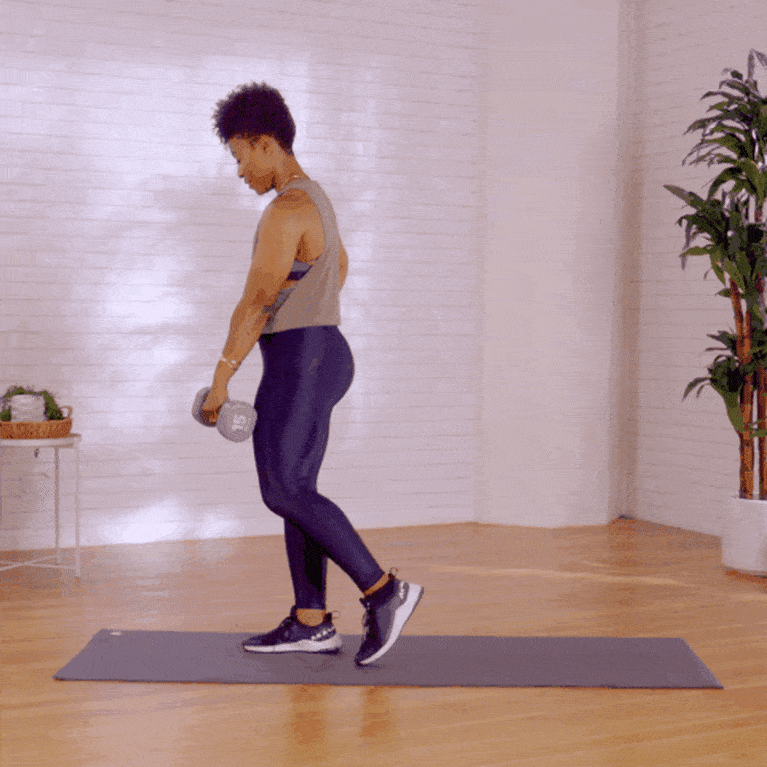
3. Curtsy Lunge Curl and Press
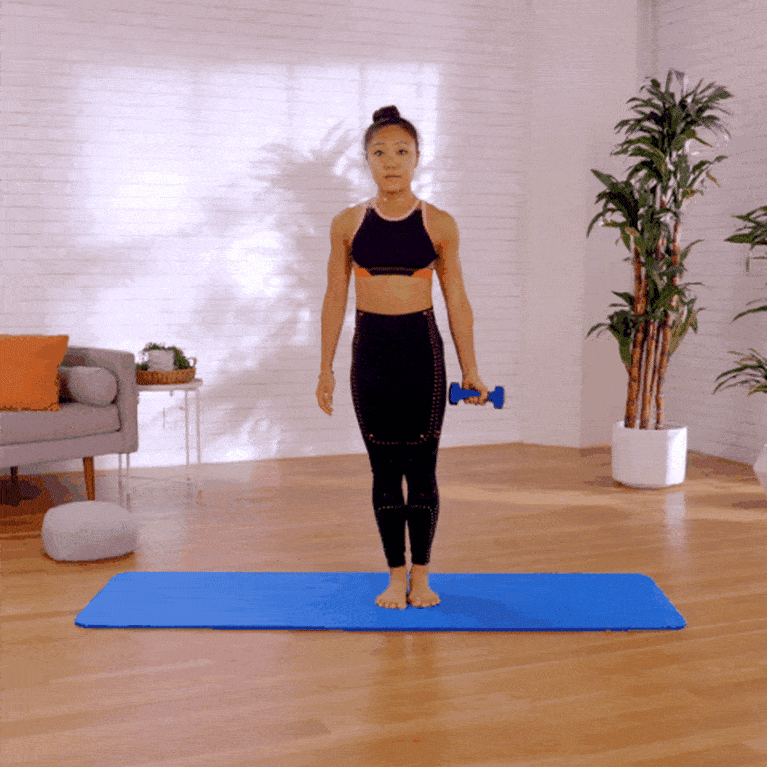
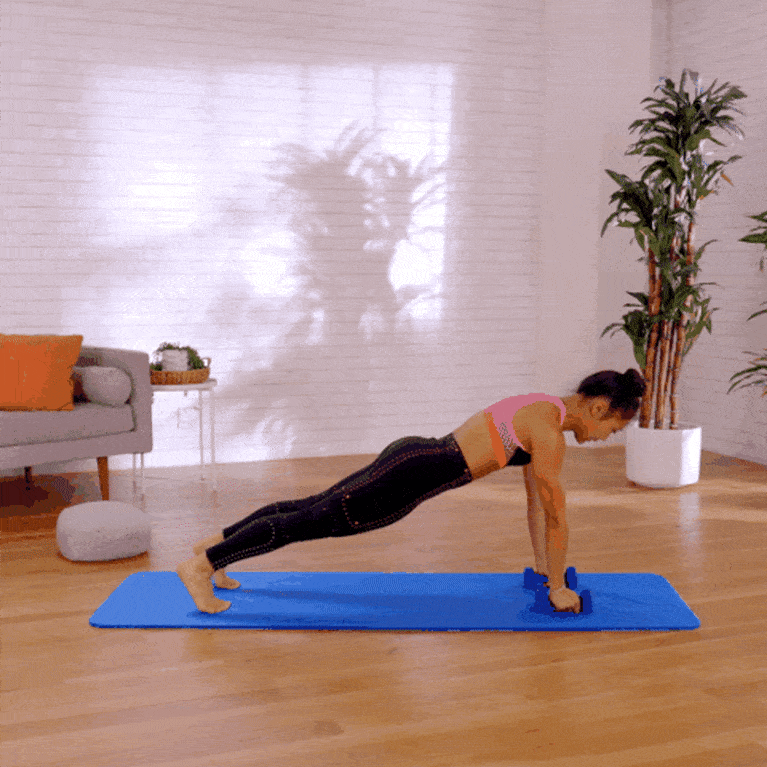
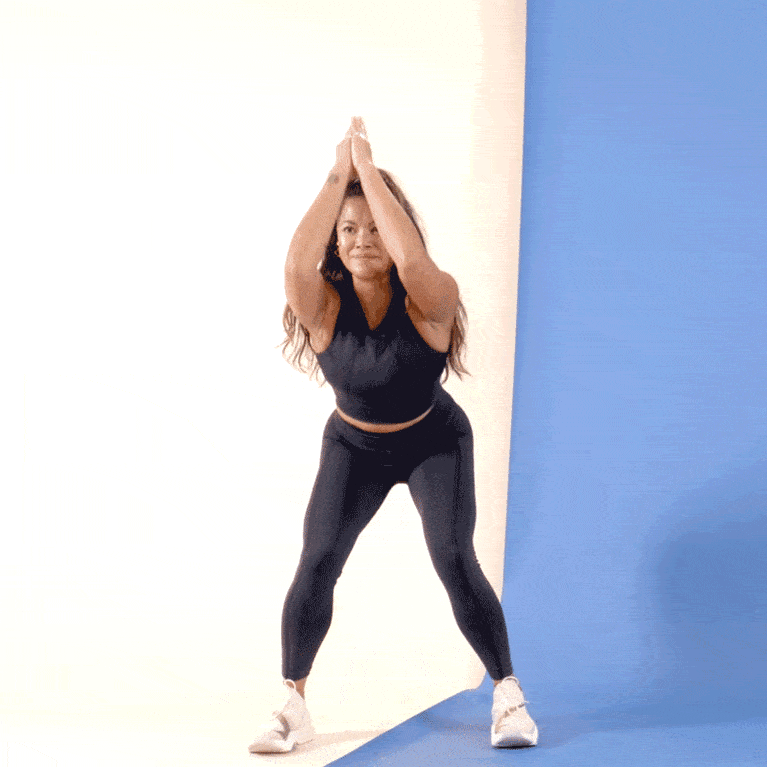
6. Bird Dog in Knee Hover
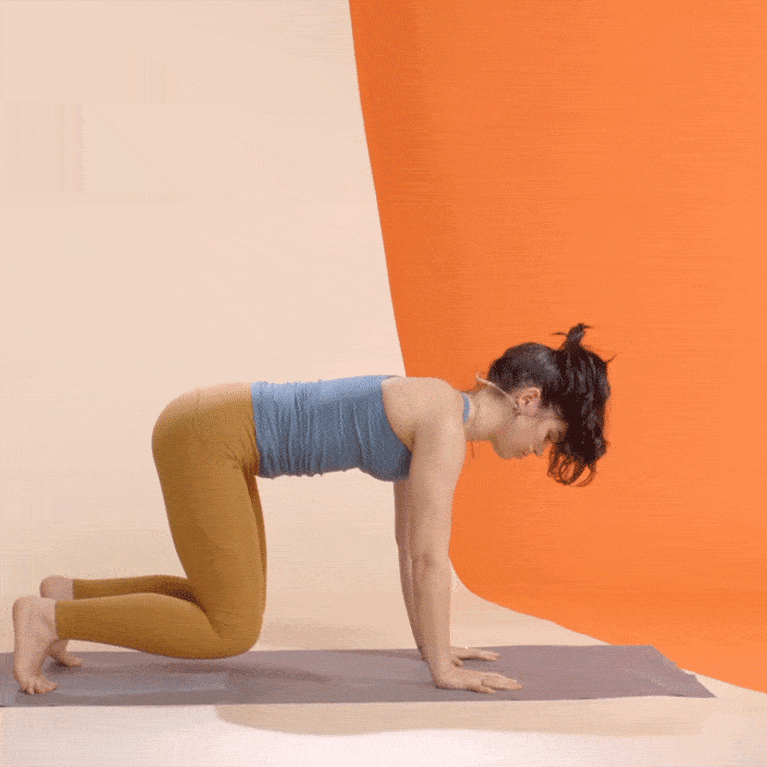
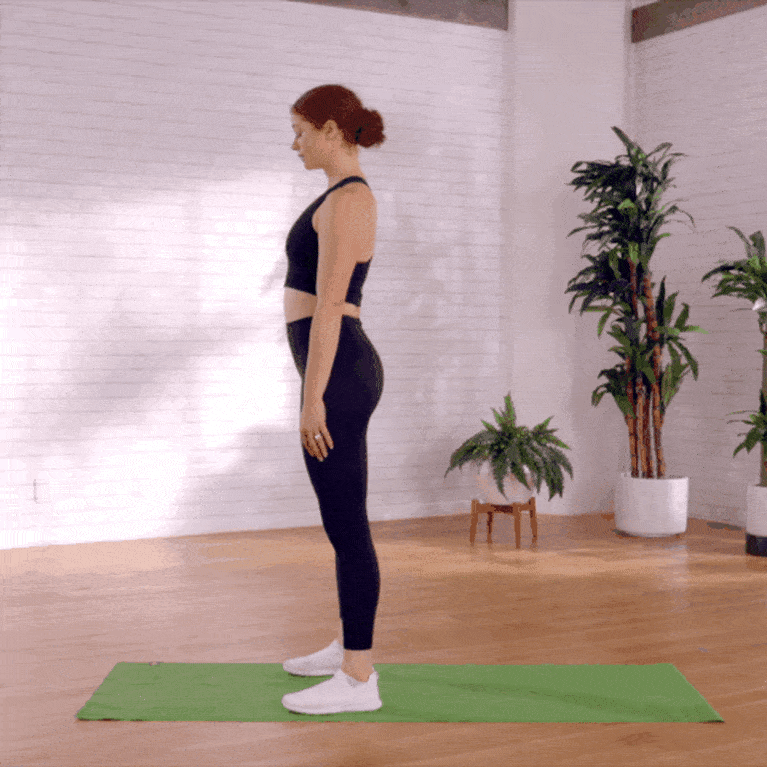
(Note: You can jump back into your plank to make this a full burpee.)
8. Chair Pose Triceps Kickback
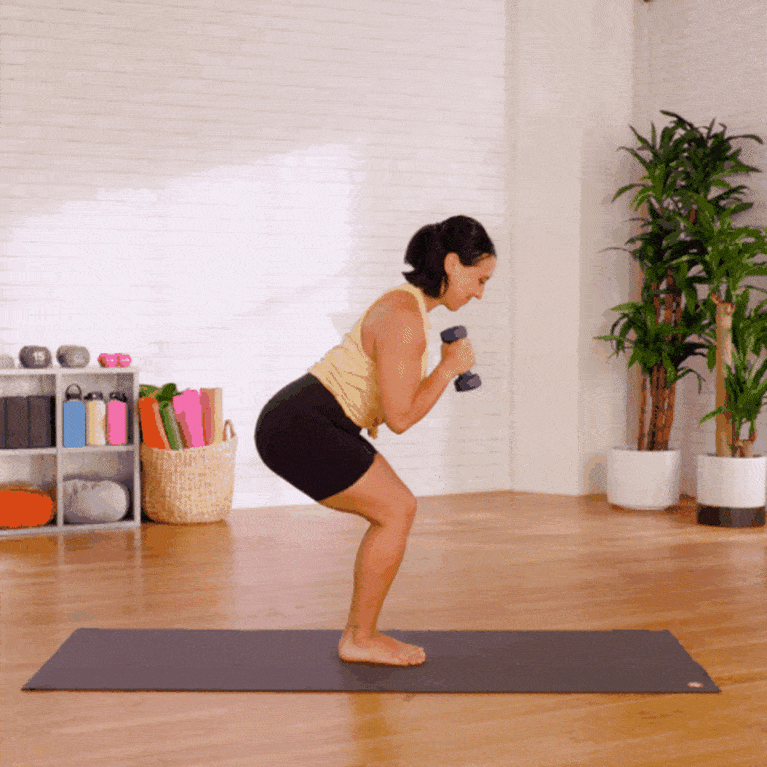
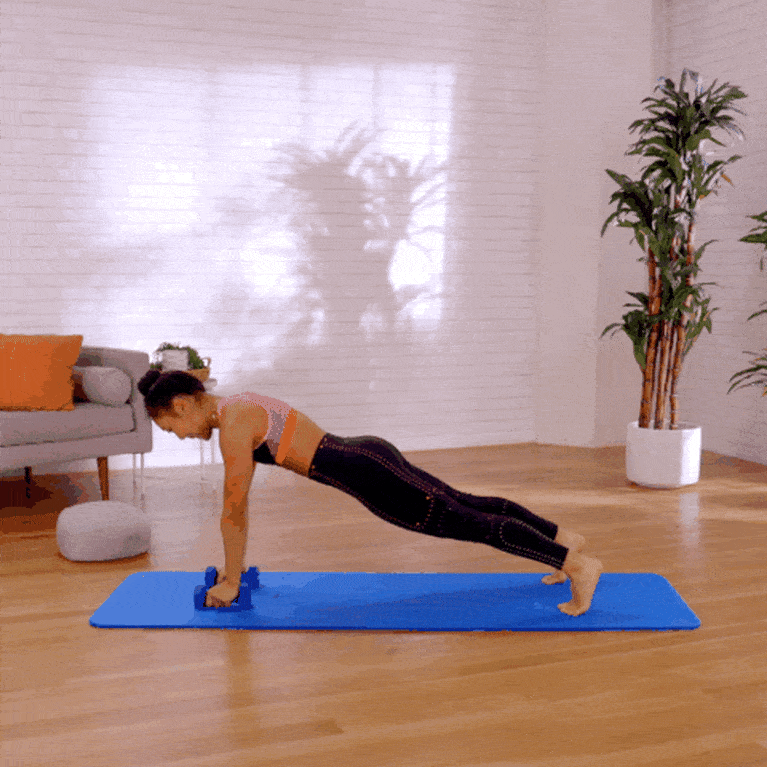
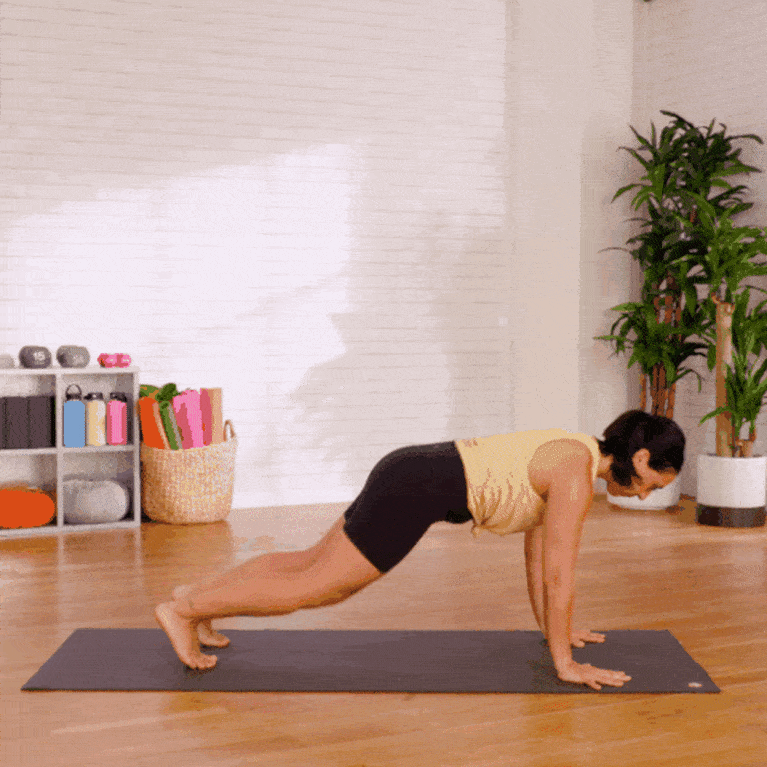
How to fit compound exercises into your workout routine.
If you have general fitness goals, like building strength and muscle, compound exercises are a great tool to add to your routine, says Donavanik. These tips will help you get started.
"Online workouts and classes are a great place to start to learn compound movements," recommends Donavanik. It's also a way to find compound movements you enjoy and want to add to your arsenal.
Look for workouts that focus on things like strength, HIIT, and Pilates, advises Miller, all of which are sure to include compound exercises. (Check out our mbg moves or head over to our YouTube c series for a variety of great workouts!)
Start your workout with compound exercises.
If you prefer to put together your own routines and move at your own pace, it's very simple to slot in compound exercises. Just make sure to program them at the beginning of your workout, advises Thompson. "There is less muscle fatigue in the beginning, which means you are more likely to maintain proper lifting techniques," he explains. That also means you can go heavier.
Double up your single-joint movements.
Is this a cheat? Maybe, but it's an efficient trick for getting in more compound movements: Do two isolation exercises at the same time. For instance, add a biceps curl to a curtsy lunge or perform an overhead triceps extension while doing heel raises. This lets you get the best of both worlds without sacrificing moves you enjoy doing.
While the exercise machines found at most gyms definitely have their place, many are designed for isolation exercises, like the leg press or hamstring curl machines. While some machines work multiple muscles (take the lat pulldown), you can often do an even more efficient compound move off of the machine.
Of course, this doesn't mean you need to completely abandon your favorite isolation exercises.
"Isolation exercises will help strengthen the muscles you use during compound movements. They work in tandem," says Donavanik. Specifically, they can be very effective at strengthening and sculpting specific muscle groups like biceps, triceps, calves, quads, and glutes, he explains. Varying your training using multiple movement modalities is always a great way to keep your fitness well-rounded.

 UsenB
UsenB 































